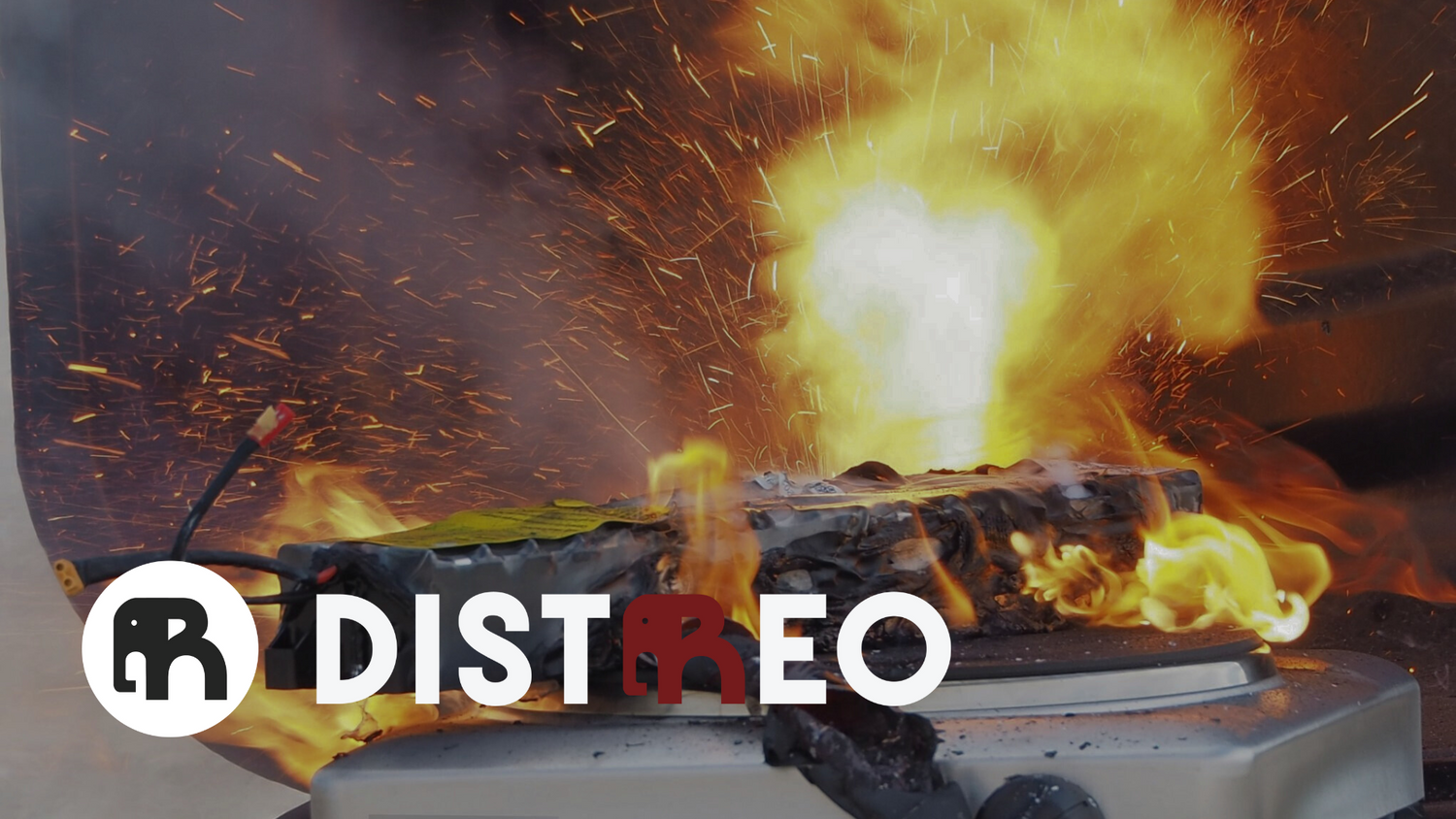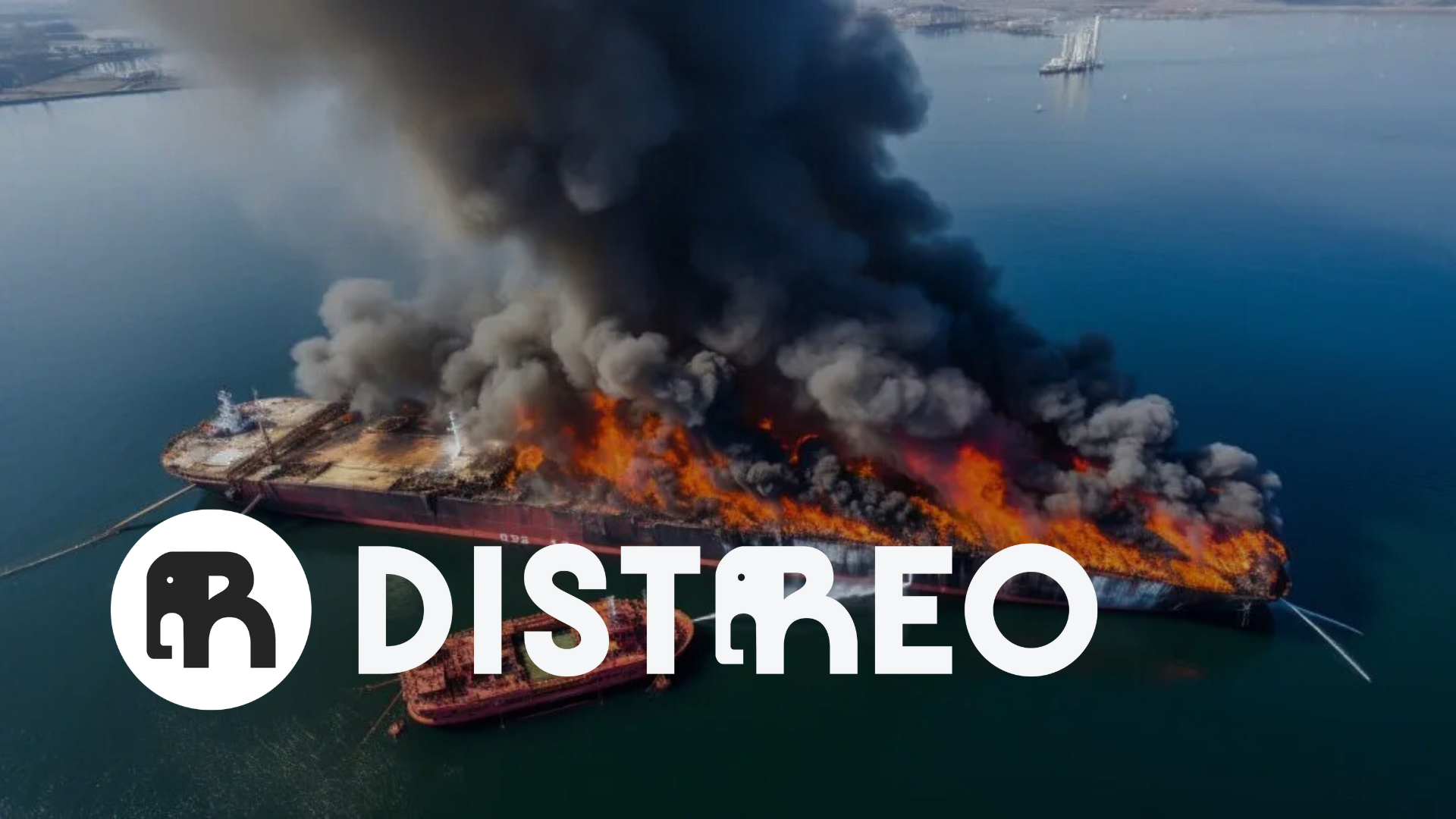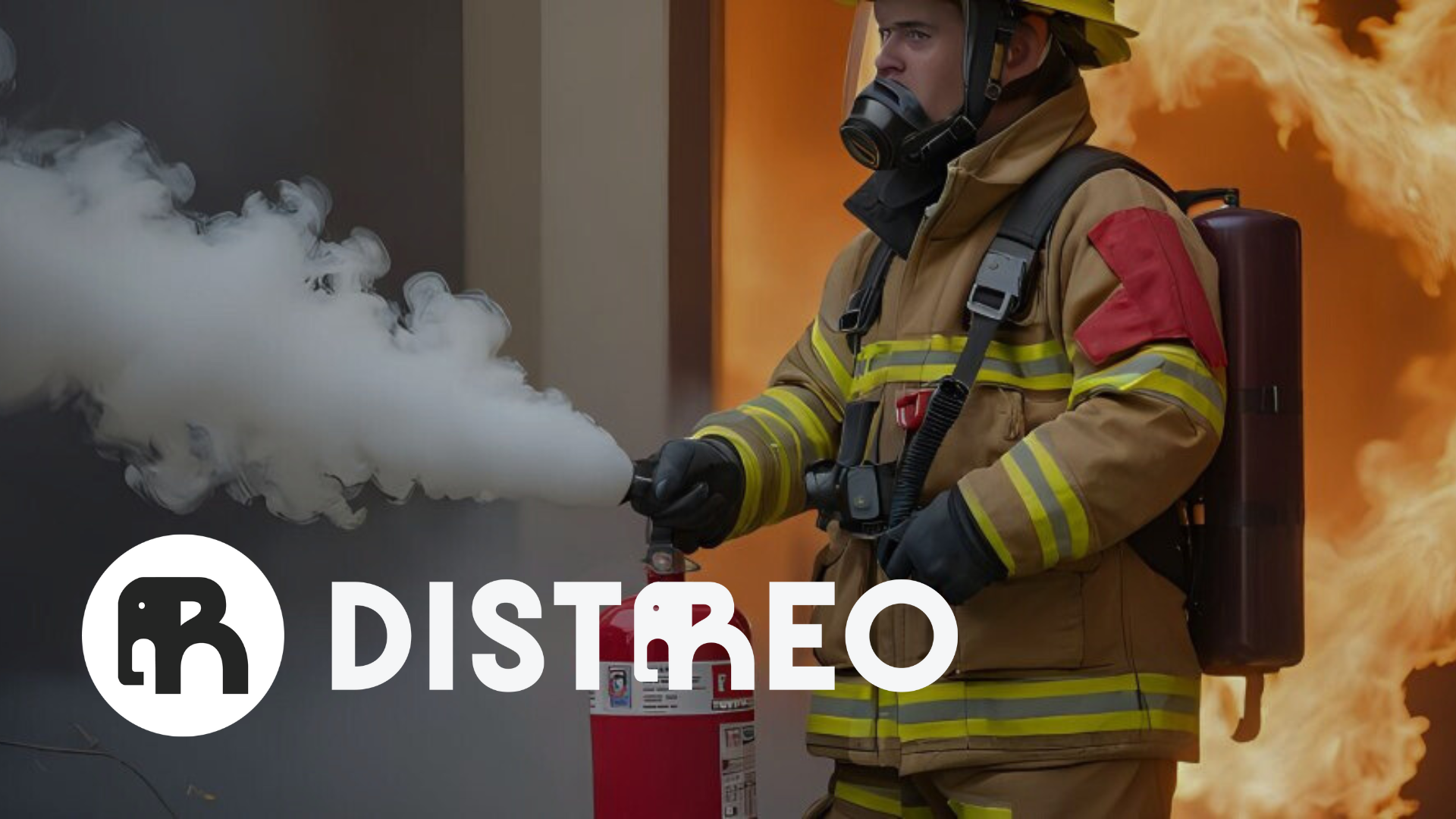Lithium-ion batteries are increasingly found in the devices and systems that the public uses or interacts with every day. While these batteries provide an efficient and high-performance source of energy, they are more likely to overheat, catch fire, and even explode when damaged or improperly used, charged, or stored.
In today's article we will answer a number of basic questions regarding fires occurring in lithium-ion batteries.
Why are lithium-ion batteries flammable?
Lithium-ion batteries store a large amount of energy in a small space. When this energy is released in an uncontrolled manner, it generates heat, which can turn certain internal components of the battery into flammable and toxic gases.
Why are these batteries catching fire?
Lithium-ion battery fires occur for various reasons, such as physical damage (e.g., the battery is penetrated or crushed, or exposed to water), electrical damage (e.g., overcharging or using charging equipment not designed for the battery), exposure to extreme temperatures, and other product defects.
What characterizes such fires?
Heat, smoke, release of toxic gases, and the potential for explosion are the hazards associated with lithium-ion battery fires.
The chain reaction of ignition of the battery cells that leads to the well-known explosion that characterizes this type of battery is known in the specialized literature as "thermal runaway".
How can we use batteries safely?
- Buy batteries that are listed only by a nationally recognized testing laboratory and labeled appropriately.
- Stop charging a battery once it is full.
- Use charging equipment that is compatible only with your device. To be safe, use only the charging equipment that is provided with your device.
- Stop using the device if the battery shows signs of damage, such as an unusual odor, excessive heat, popping sounds, swelling, or discoloration.
- Have all repairs performed only by a qualified professional.
What is the right place to charge bicycles, scooters or electric cars?
For e-bikes, e-scooters, and electric vehicles, the safest place to charge these devices is outdoors, away from any structure or enclosure, and out of direct sunlight. Do not charge a battery when the charger or battery is damaged. Do not store batteries in extremely hot or cold locations or in an area that blocks the only exit from a room. And do not attempt to modify the battery or charger.
Also, to facilitate charging in maximum safety conditions, we recommend using RACLAN boxes, specially designed for such situations. The boxes are created to ensure the safe charging of batteries, and, in the event of a fire, to be able to limit and extinguish the fire originating from the batteries. For more details, see: https://distreo.ro/products/cutie-raclan-incendiu-baterii-litiu-ion .
What kind of waste are lithium-ion batteries?
Lithium-ion batteries and devices containing them should not be disposed of in household or recycling bins. They can cause fires during transportation or at landfills and recycling centers. Instead, lithium-ion batteries should be taken to separate recycling or hazardous household waste collection points. Many stores that sell large quantities of lithium-ion batteries will have a recycling program where you can return your batteries. Your local waste management or recycling center should also be able to take lithium-ion batteries.
How do I deal with these batteries in the event of a flood risk?
If there is a risk of flooding in your area, unplug all devices powered by lithium-ion batteries and, if possible, move them to an area that is not susceptible to flooding. Do not store batteries near escape routes, windows, doors, or sleeping areas.
What do I do if the battery has been exposed to water?
Disconnect devices from their charging stations that have been exposed to water, place them in a non-combustible box ( RACLAN BOX ), have a lithium-ion battery fire blanket ( Bridgehill Fire Blanket ) and a lithium-ion battery extinguisher ( ZenovaFX Fire Extinguishers ) readily available, and store them outside the building. Contact your local fire department and the device manufacturer for advice on safe handling and disposal. Do not attempt to charge a lithium-ion battery that has been submerged in water or shows signs of damage; do not attempt to open or repair a submerged or damaged battery.
For other articles on fire safety, check out our entire selection of articles: https://distreo.ro/blogs/siguranta-la-incendiu .




Write a comment
Comments are verified before being published.
This site is protected by hCaptcha and the hCaptcha Privacy Policy and Terms of Service apply.